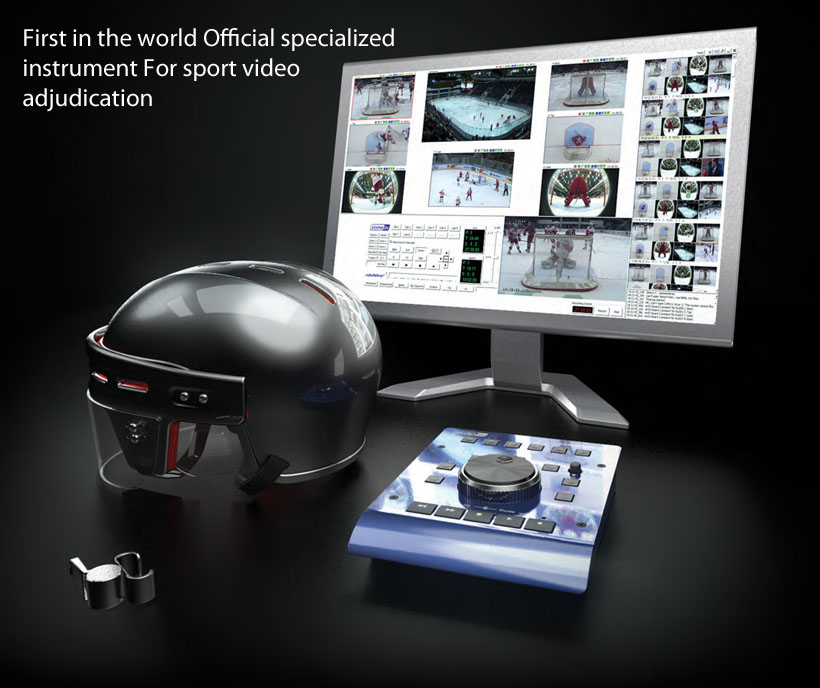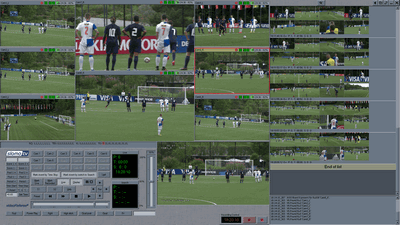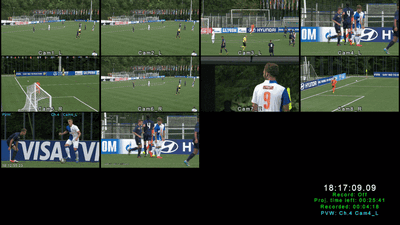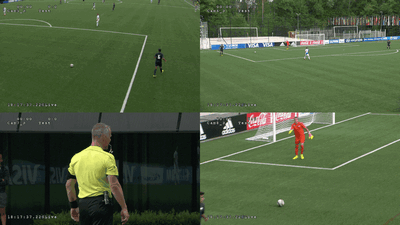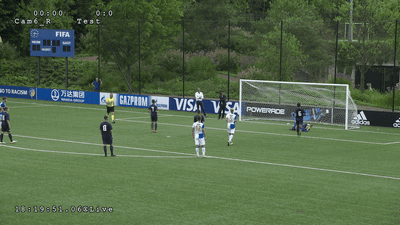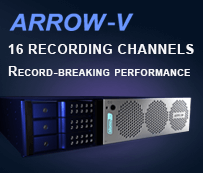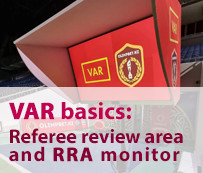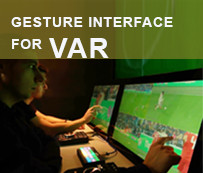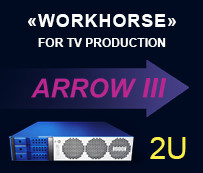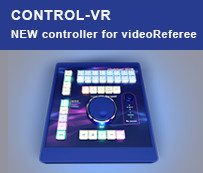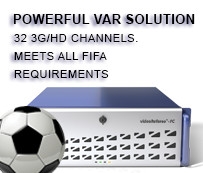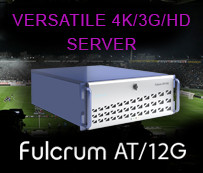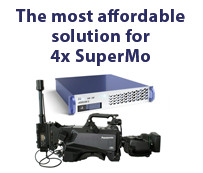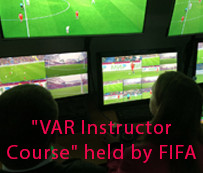Systems for sports judges
At all times, sports judges felt the need for a reliable tool that would allow them to make absolutely correct decisions in accordance with rules, fairness, logic and the game situation.
A sharp eye, measuring tape and a stopwatch for a long time were their only assistants. Then came the help of the photo-finish. Unfortunately, it could not be used in game sports. But the very idea of using film to make objective decisions was interesting and productive. It was also quite natural to use video recording tools to analyze disputed moments. The decision making process on the basis of a videotape and all the technical aspects associated with it became known as video judging.
By combining multichannel recording and instant replay system with equipment for obtaining scoreboard information and developing a revolutionary interface for video judging, slomo.tv has created equipment, which is still the de facto standard in the industry.
The world's first complete video judging system for ice hockey under the trademark videoReferee® was released in 2007. To date, 150 videoReferee® systems have been installed worldwide and their use has significantly expanded. videoReferee® is used in such sports as football, hockey, basketball, handball, wrestling, boxing, judo, track and field, speed skating, short track, freestyle, fencing.
The system records multiple cameras. The referees can analyze the controversial moments frame by frame concurrently from several cameras. If necessary, the video image can be magnified (zoomed in). The slow motion playback is not only used by the judges, but can be included in the television broadcast.
Events can be marked live or on recorded video and become instantly available for review. When an event is created, the system remembers the currently active channel, and will start with the same view when this event is payed back. Marked events are also used to create video reports with controversial game moments.
 |
Automatic marking of important game momentsCreation of DVD with all score changing momentsUp to 24 recording channels |

Using a special vR-Keypad*, the operator or assistant can assign with one click different event tags. A special search engine allows the operator instantly find the tagged events using different search keys. For example, all goals of the guest team, or all off site situations by the hosts.
The standard system configuration includes two monitors – engineering GUI monitor with built-in multiviewer of all channels and a folder of marked events and referee’s monitor with controller for the video judge. The video judge can work with 1, 2, 3 or 4 cameras simultaneously in live mode or search recorded video. The view from several cameras simultaneously helps accurate and quick decision making. Users are able to create different presets of channels. The system can also magnify any frame for detailed analysis.
The referee’s workplace includes simple and intuitive vR-Controller with functions which can be learned in minutes. Positioning on recorded video with the controller’s Jog/Shuttle is quick and accurate. The Shuttle ring controls the playback.
For analyzing all phases of the movement, videoReferee® allows in addition to frame by frame viewing of recorded video, view fields. This feature even with ordinary video cameras increases the number of movement phases 2 times to 50 and 60 respectively for PAL and NTSC.
When parsing controversial moments videoReferee® uses specially developed technology that allows synchronizing video even from non-synchronous cameras. In many sports controversial moments are closely related to timing. For example, in ice hockey, a goal scored after time stoppage does not count, in basketball successful throw 0.1 sec. before the end of the game or attack time is counted. That is why the judges must have access to official game data.
The videoReferee® can achieve this in two ways: using a special interface receiving data directly from scoreboard computer or by selecting the appropriate scoreboard camera view and displaying it as PiP. In both cases, information is recorded in each video channel of the system.
If there are no channels containing the necessary scoreboard image, then the dedicated camera input device (optional) can be used. It can accommodate either SDI or inexpensive HDMI™ cameras.
Unlike all other similar systems, videoReferee® can work with 720p and 1920i cameras on the same project.
TV viewers are always eager to follow the decision making process. If this is not prohibited by the league rules, the referee’s monitor image via optional SDI output module can be provided for broadcasting.
Many sports federations require a video report in the form of H.264 or MPEG files. In addition to marked moments the system can batch export with the use of one button all video channels, which significantly reduces the time spent for export.
It is worth mentioning that some videoReferee® system are based on SSD which makes them more reliable and insensitive to vibrations.
For ice hockey
For ice hockey we offer a specially designed wireless goal-net cameras. Our mini-II-GoalNetCamera Kits are designed to provide a full view of the goal zone from inside the goal net and are optimized for videoReferee®. The camera is installed inside the goal net in the special housing, which protects it against direct hits and is moisture resistant. High quality of camera image is suitable for TV broadcasts.
Features
- Simultaneous recording of up to 24 cameras in SD/720p/HD/3G resolution.
- Ability to analyze video fragments with 1, 2, 3 or 4 camera views.
- Playback without interrupting recording.
- Marking of important moments "live" or during replay.
- Simple, easy to learn vR-Controller.
- Search and playback of recorded video without interrupting recording.
- Ability to analyze video fragments with one, two, three or four camera views.
- Zoom-in capability for detailed view.
- Direct integration with scoreboard data** or using scoreboard image as PiP
- Synchronized search even when the cameras are not synchronized.
- Navigation on recorded video by time-code or game time.
- Navigation by marked points or by preset events.
- Two workplaces – Engineering and Referee's.
- Ability to use touch-screen monitor.
- Export of marked events or entire recording in a variety of file formats, including MXF XDCAM 50.
